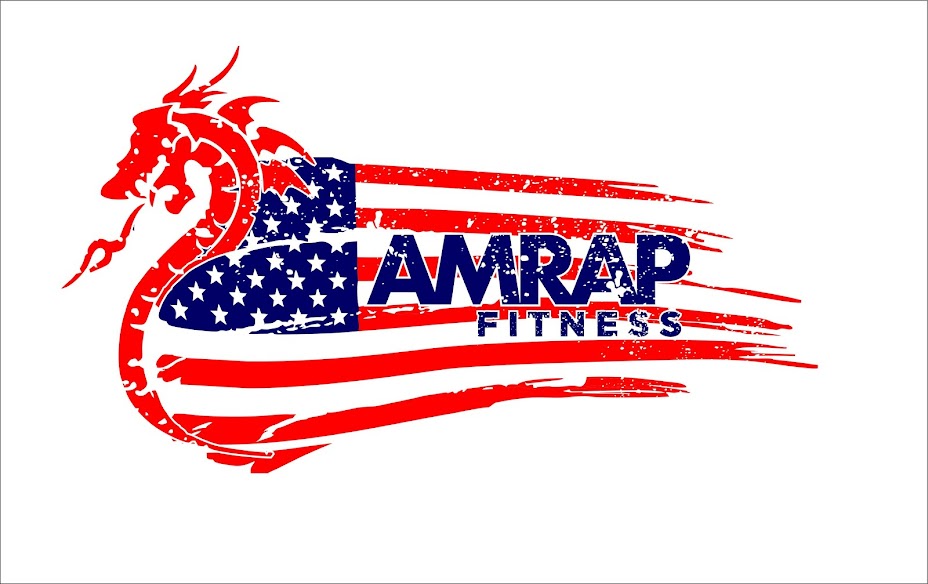Findings from new study may explain why low-calorie diets are beneficial for human health
Newswise — Chevy Chase, MD— A recent study accepted for publication in The Endocrine Society’s Journal of Clinical Endocrinology & Metabolism (JCEM) found that higher metabolic rates predict early natural mortality, indicating that higher energy turnover may accelerate aging in humans.
Higher energy turnover is associated with shorter lifespan in animals, but evidence for this association in humans is limited. To investigate whether higher metabolic rate is associated with aging in humans, this study examined whether energy expenditure, measured in a metabolic chamber over 24 hours and during rest predicts natural mortality.
“We found that higher endogenous metabolic rate, that is how much energy the body uses for normal body functions, is a risk factor for earlier mortality,” said Reiner Jumpertz, MD, of the National Institute of Diabetes and Digestive and Kidney Diseases in Phoenix, Ariz., and lead author of the study. “This increased metabolic rate may lead to earlier organ damage (in effect accelerated aging) possibly by accumulation of toxic substances produced with the increase in energy turnover.”
“It is important to note that these data do not apply to exercise-related energy expenditure,” added Jumpertz. “This activity clearly has beneficial effects on human health.”
In this study, researchers evaluated 652 non-diabetic healthy Pima Indian volunteers. Twenty four hour energy expenditure (24EE) was measured in 508 individuals, resting metabolic rate (RMR) was measured in 384 individuals and 240 underwent both measurements on separate days. Data for 24EE were collected in a respiratory chamber between 1985 and 2006 with a mean follow-up time of 11.1 years. RMR was evaluated using an open-circuit respiratory hood system between 1982 and 2006 with a mean follow-up time of 15.4 years.
During the study period, 27 study participants died of natural causes. Researchers found that as energy expenditure increased, there was also an increase in risk for natural mortality.
“The results of this study may help us understand some of the underlying mechanisms of human aging and indicate why reductions in metabolic rate, for instance via low calorie diets, appear to be beneficial for human health,” said Jumpertz.
Other researchers working on the study include: Robert Hanson, Maurice Sievers, Peter Bennett, Robert Nelson and Jonathan Krakoff of the National Institute of Diabetes and Digestive and Kidney Diseases, National Institutes of Health, in Phoenix, Ariz.
The article, “Higher energy expenditure in humans predicts natural mortality,” appears in the June 2011 issue of JCEM.
Founded in 1916, The Endocrine Society is the world’s oldest, largest and most active organization devoted to research on hormones and the clinical practice of endocrinology. Today, The Endocrine Society’s membership consists of over 14,000 scientists, physicians, educators, nurses and students in more than 100 countries. Society members represent all basic, applied and clinical interests in endocrinology. The Endocrine Society is based in Chevy Chase, Maryland. To learn more about the Society and the field of endocrinology, visit our site at www.endo-society.org.







